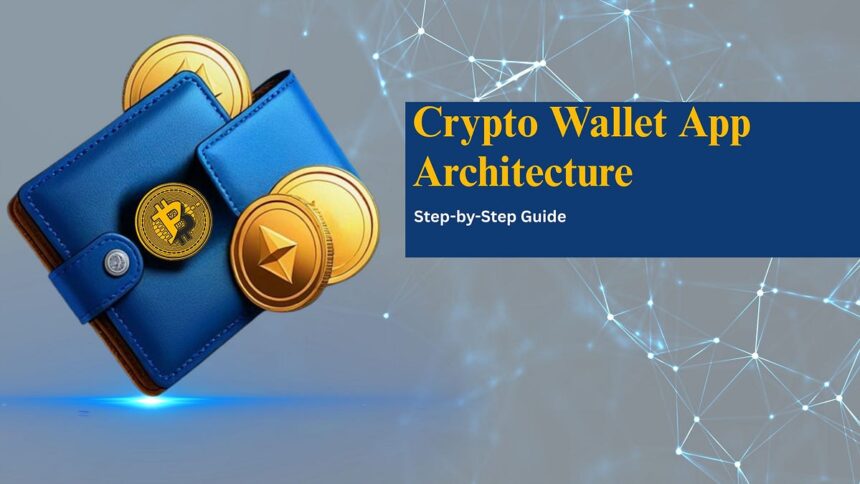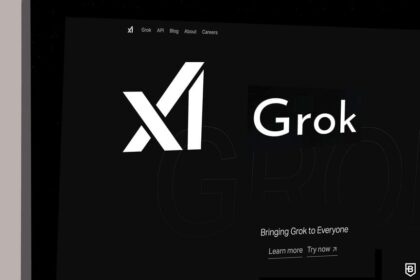Cryptocurrency wallets have become essential tools for anyone dealing with digital assets. Whether it’s Bitcoin, Ethereum, or other altcoins, a crypto wallet provides users with a secure and convenient way to store, send, and receive cryptocurrencies. For businesses looking to enter this growing market, understanding the architecture behind a crypto wallet app is crucial for successful development.
If you are searching for a Cryptocurrency Wallet Development Company, it is important to grasp the technical and functional components that make up a reliable wallet application. This guide will walk you through the essential steps involved in designing and developing a robust crypto wallet app architecture, helping you make informed decisions and communicate effectively with your development partners.
Before diving into architecture, it’s important to understand what a cryptocurrency wallet is and how it functions. A crypto wallet is a software application that stores private and public keys, enabling users to manage their digital currency holdings. Wallets interact with blockchain networks to facilitate transactions and provide users with access to their funds.
There are two primary types of wallets:
- Custodial Wallets: These wallets are managed by a third party who holds the private keys on behalf of the user.
- Non-Custodial Wallets: Users have full control over their private keys, offering greater security and control.
- Choosing the right type depends on your business model and target audience.
The first architectural decision involves selecting the wallet type and platform:
- Wallet Type: Custodial or non-custodial, hot wallet (connected to the internet), or cold wallet (offline storage).
- Platform: Mobile (iOS, Android), web, desktop, or browser extensions.
- Mobile wallets are popular due to their accessibility, while web and desktop wallets offer more extensive features for power users.
A typical crypto wallet app architecture consists of the following layers:
The UI should be intuitive and straightforward, allowing users to:
- View balances and transaction history
- Send and receive cryptocurrencies easily
- Manage multiple wallets and addresses
- Access settings for security features like PIN, biometrics, and two-factor authentication
Responsive design is important to support various devices and screen sizes. Frameworks like React Native or Flutter are commonly used for cross-platform mobile development.
At the heart of the wallet is the wallet engine, responsible for:
- Key Generation: Creating private and public keys securely.
- Key Storage: Storing private keys in encrypted form, often using secure enclaves or hardware security modules.
- Transaction Signing: Using private keys to sign transactions before broadcasting to the blockchain.
For non-custodial wallets, key management is critical because users control their keys. Multi-party computation (MPC) and hierarchical deterministic (HD) wallets are popular methods to improve security and usability.
Your wallet app must communicate with blockchain networks to:
- Retrieve real-time balance and transaction data
- Broadcast signed transactions
- Monitor transaction confirmations
This can be done by running your own blockchain nodes or using third-party APIs and services. Technologies like web3.js or ethers.js are commonly used to interact with Ethereum and other blockchains.
Security is paramount in crypto wallet development. Key security measures include:
- Multi-Factor Authentication (MFA): Adding layers like OTPs or biometrics.
- Encryption: Encrypting private keys and sensitive data.
- Anti-Phishing Measures: Protecting users from fraudulent sites and transactions.
- Session Management: Auto-logout after inactivity to prevent unauthorized access.
- Backup and Recovery: Allowing users to back up their wallets with seed phrases or recovery keys.
To improve user experience, consider integrating:
- Push Notifications: Alert users about transactions and price changes.
- Currency Conversion Rates: Real-time updates to display cryptocurrency values in fiat currencies.
- Paper Wallet Import: Allow users to import wallets via QR codes.
- Payment Gateway Integration: Enable buying and selling of cryptocurrencies directly within the app.
- Address Book: Manage frequently used wallet addresses for faster transactions.
While many wallets operate fully on the client side, backend services can add value by:
- Storing transaction histories for quick access
- Managing user profiles and preferences
- Providing analytics and reporting
- Handling fiat-to-crypto exchange rates and transactions
APIs from blockchain explorers, exchange platforms, and analytics providers can be integrated to enrich wallet functionality.
Thorough testing is essential to identify vulnerabilities and ensure smooth operation. This includes:
- Functional Testing: Verify all features work as intended.
- Security Testing: Penetration tests, vulnerability assessments.
- Performance Testing: Ensure the app handles load and transactions efficiently.
- Usability Testing: Confirm the app is user-friendly.
After testing, deploy the app on relevant platforms such as Google Play Store and Apple App Store, accompanied by a marketing strategy to attract users.
Developing a cryptocurrency wallet app requires careful planning and execution across multiple technical layers. From choosing the wallet type to integrating blockchain interactions and implementing robust security, each step is vital to building a trustworthy and efficient wallet.
If you are a business looking to create a crypto wallet or seeking expert guidance, partnering with a reliable Cryptocurrency Wallet Development Company can make a significant difference.
For professional and reliable wallet development services, Codezeros offers end-to-end solutions tailored to your business needs. Our experienced team specializes in creating secure, scalable, and user-friendly cryptocurrency wallets that meet industry standards.
Contact Codezeros today to start your crypto wallet development journey and bring your digital asset management solution to life.
Before you go:










